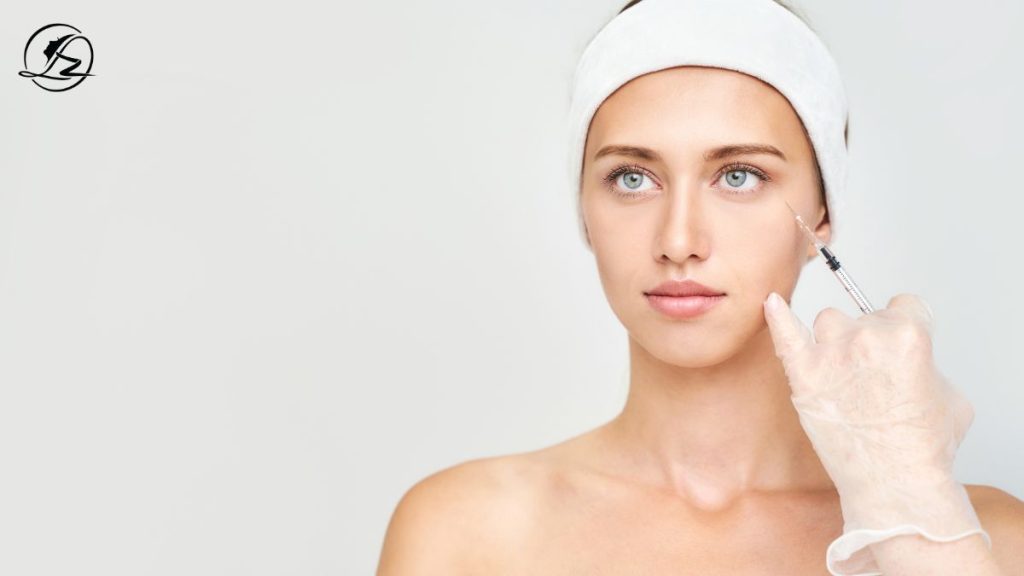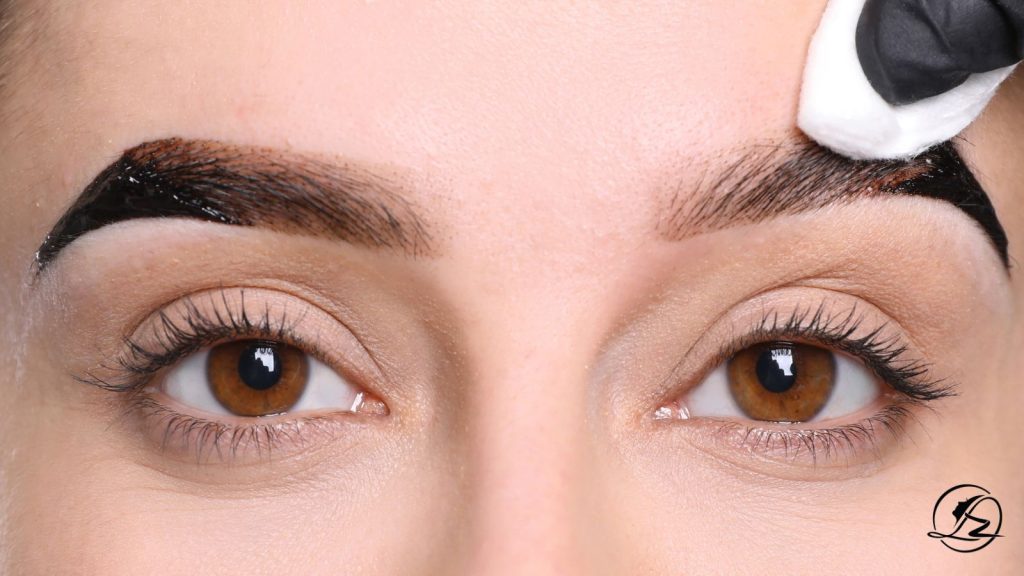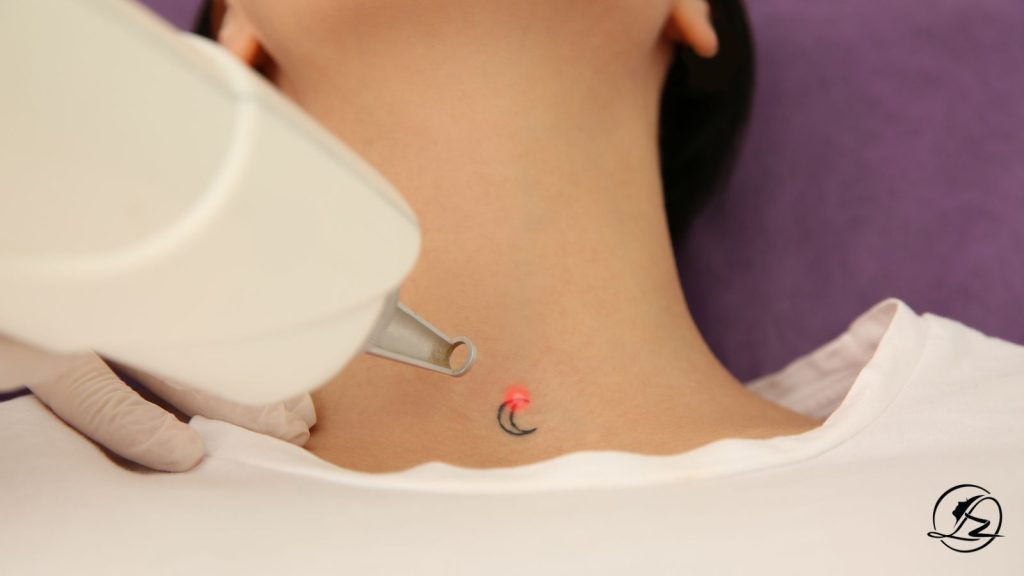Under eye fillers work quickly, with visible improvements appearing immediately after the treatment. We typically see a reduction in hollow dark circles and fine lines right away, which makes the eyes look more youthful and refreshed almost instantly.
While the initial results are apparent, the full effect usually develops over the next one to two weeks as any swelling or bruising settles. This gradual improvement helps the treated area look natural while enhancing overall skin volume and smoothness.
Knowing the timeline for these changes helps us set realistic expectations and understand how the treatment progresses. This can guide us in planning follow-up care or additional sessions if needed.
Table of Contents
ToggleHow Under Eye Fillers Work
Under eye fillers restore volume and smoothness to the delicate skin beneath the eyes. They address specific concerns using targeted injectable materials designed for quick, visible improvement.
Mechanism of Action
Under eye fillers typically consist of hyaluronic acid, a substance naturally found in our skin that attracts and retains moisture. When injected into the tear trough area, they add volume to hollow or sunken parts, lifting the skin and reducing shadowing.
The filler also stimulates collagen production, improving skin texture and elasticity over time. Effects begin immediately as the gel fills the space, but final results settle within 1 to 2 weeks when swelling diminishes and the filler integrates into the tissue.
We can expect some mild swelling or bruising initially, which fades quickly. The procedure itself takes about 15 minutes, making it minimally invasive with little downtime.
Types of Fillers Used
Hyaluronic acid-based fillers are the most common choice under the eyes. They are preferred for their smooth consistency, safety profile, and ease of correction if needed (with an enzyme called hyaluronidase).
Different brands and formulations vary in thickness and longevity. Some fillers are designed to be softer for delicate under-eye areas, while others provide more structure to lift heavier hollows.
Other filler types, like calcium hydroxylapatite or poly-L-lactic acid, are less frequently used because they have a firmer texture and higher risk of lumps or unevenness under the thin under-eye skin.
Targeted Concerns
Under eye fillers mainly address volume loss causing dark circles, hollows, and fine lines. They reduce the appearance of shadows by filling depressions and smoothing uneven surfaces.
We use fillers to correct “tear trough deformity,” which creates a tired, sunken appearance. They also help diminish mild puffiness by expanding volume strategically.
They do not treat deep wrinkles like crow’s feet or sagging skin needing surgical lifting. Fillers complement other treatments but are best suited for restoring youthful contour and brightness to the under-eye area.
Timeline of Results
Under eye fillers produce results that progress over time, starting with immediate swelling and visible volume. The final appearance improves as swelling goes down and the filler integrates into the tissue, which happens over days to weeks.
1. Immediate Effects After Injection
Right after the injection, we usually see noticeable volume and a reduction in under-eye hollows. Swelling and minor bruising are common, which can affect the initial appearance. Some patients might feel slight tightness or tenderness as the filler settles.
Immediate results can sometimes look uneven due to swelling, so it’s important not to judge the final outcome immediately. The treated area may feel firmer, and any discomfort should diminish within a few days. Icing the area can help reduce swelling quickly.
2. Visible Changes Over Hours and Days
Within the first 24 to 72 hours, swelling generally reaches its peak and then begins to subside. Bruising, if present, may become more visible before fading. As swelling decreases, the results start to look smoother and more natural.
We should expect gradual improvement in contour and texture during this time. Any irregularities felt immediately after treatment usually soften. Following aftercare instructions carefully helps optimize the healing process.
3. When to Expect Full Results
Full results typically take 1 to 2 weeks to appear as the filler integrates into the skin and binds with water. For under-eye areas, visible improvements usually stabilize within this timeframe.
In some cases, it can take up to 4 weeks for the most natural look to develop. The longevity of results generally ranges from 6 to 8 months depending on the filler type and individual metabolism.
Summary Table:
Time After Injection | Expected Effects |
Immediate (0-24 hrs) | Swelling, visible volume, some bruising |
1-3 days | Peak swelling, bruising visible, gradual reduction |
1-2 weeks | Final contour, smooth texture, natural look |
2-4 weeks | Full integration, lasting results begin
|
Factors Influencing How Quickly Under Eye Fillers Work
Several key elements determine how fast under eye fillers show their final effects. These include the type of product used, the unique characteristics of our skin, and the method applied during the injection.
1. Product Formulation
The formulation of the filler impacts both the onset and duration of visible results. Fillers like hyaluronic acid, commonly used under the eyes, tend to produce immediate volume and smoothing effects due to their gel-like consistency.
Some formulations are thicker or more cross-linked, which can influence how quickly the filler integrates into the skin. For example, more cohesive gels may take longer to settle fully but offer longer-lasting results.
We must also consider that hydration levels and ingredients designed to attract water can affect the initial swelling, influencing how the area looks immediately after treatment.
2. Individual Skin Biology
Our skin’s condition and biological factors considerably affect how fillers perform. Skin elasticity, thickness, and metabolic rate influence how filler settles and how long it lasts.
For instance, someone with thinner skin might see quicker settling due to less space for product diffusion, while thicker skin may require more time for the filler to integrate smoothly.
Metabolism also plays a role. Faster metabolic rates can break down filler materials sooner, potentially shortening visible effects and altering the time it takes for the treatment to look natural.
Lifestyle habits like sun exposure and smoking can further affect skin health, which indirectly impacts filler performance.
3. Injection Technique
The skill and approach of the provider have a direct effect on how soon we see results and how natural they appear. Precise placement is crucial, especially in the delicate under eye area.
Different injection depths and patterns are used to avoid lumps or unevenness, which can delay the settling process. Proper technique reduces the risk of excessive swelling and bruising that might obscure immediate results.
Providers who use techniques like micro-droplet injections or blunt cannulas often achieve smoother integration with less trauma, allowing quicker recovery and more accurate outcomes.
Post-treatment care instructions also complement the injection technique to speed up the final appearance of the filler.
What to Expect After the Procedure
After under-eye filler treatment, we can expect some immediate effects and mild side effects that typically resolve quickly. Proper care plays a key role in minimizing swelling and supporting healing for the best results.
1. Initial Swelling and Bruising
Most people experience mild swelling and slight bruising around the treated area. These effects usually peak within the first 24 hours and begin to decrease significantly by day two or three.
Swelling tends to be minimal and generally subsides within 48 to 72 hours. Bruising, if it occurs, is mild and fades within a week. Some may notice fullness or tightness at the injection sites, which resolves naturally as the filler settles.
2. Temporary Side Effects
Aside from swelling and bruising, possible side effects include redness, tenderness, and minor itching around the injection areas. These symptoms are usually mild and short-lived, lasting no more than a few days.
We should watch for more severe reactions like prolonged pain, significant asymmetry, or nodules. If any of these appear, contacting a healthcare provider promptly is necessary.
3. Early Aftercare Recommendations
To help reduce swelling and bruising, we can apply a cold compress gently for the first 24-48 hours. Avoid vigorous rubbing or massaging of the treated area to prevent displacement of the filler.
It’s advisable to avoid heavy exercise, alcohol, and excessive heat exposure (such as saunas or sunbathing) for at least 48 hours post-procedure. Keeping the head elevated, especially while sleeping, can also help minimize swelling during the initial phase.
Comparing Under Eye Fillers to Other Treatments
Under eye fillers deliver fast volume restoration and skin smoothing. Other treatments may focus on skin quality or long-term changes but differ in timing, effectiveness, and specific purposes.
1. Speed of Results
Under eye fillers provide immediate visible improvement upon injection. We often see dark circles diminish and fine lines soften right after the procedure, though some swelling or bruising can delay optimal appearance by 1–2 weeks.
In contrast, treatments like laser resurfacing or polynucleotide injections require several sessions spaced weeks apart. These methods work gradually, enhancing skin texture or stimulating collagen over time. Full effects might take a month or more.
For quick results, fillers stand out. Other options favor gradual changes and skin health rather than instant volume restoration.
2. Efficacy Differences
Fillers primarily add volume under the eyes to reduce hollowness and shadows. Their effects last 6 to 12 months, depending on the product and individual metabolism.
Skin-focused treatments, such as lasers or polynucleotide injections, do not directly restore volume but improve skin thickness, elasticity, and pigmentation unevenness. Their results tend to be subtle initially but build with multiple sessions.
We rely on fillers when structural support is the goal. For improved skin quality, alternative treatments complement fillers or serve those without volume loss.
3. Suitability for Different Concerns
When addressing deep hollows and volume loss, fillers are our first choice. They physically fill areas that appear sunken or shadowed.
If concerns center on fine lines, texture irregularities, or pigmentation, treatments like lasers and polynucleotides better target those issues by enhancing skin condition and stimulating regeneration.
For puffiness or fluid retention, options such as lymphatic drainage or topical treatments may be more appropriate. Choosing the right method depends on the specific under eye concern and desired timeline for results.
Longevity and Maintenance
Under-eye fillers offer results that vary in duration depending on the product used and individual factors like metabolism and skin type. Maintaining the effects involves understanding how long fillers last and when to plan for touch-ups.
1. Duration of Effects
The effects of under-eye fillers generally last between 6 to 12 months, with some formulations like Restylane extending up to 16 months. Biostimulatory fillers such as Sculptra can last even longer, sometimes approaching 2 years.
Individual differences, including skin quality and lifestyle, influence how quickly the filler breaks down. After this period, the filler gradually dissolves, and the under-eye area returns to its pre-treatment appearance.
2. Touch-Up Frequency
To maintain a consistent look, we recommend scheduling touch-ups typically every 6 to 12 months, depending on the filler type and patient response. Some products, like Belotero Balance, may need more frequent refreshers, about every 6 months.
Regular maintenance can help sustain volume and smoothness. Touch-ups are usually less intensive than the initial procedure, focusing on subtle refinements to preserve natural results.
When to Consult a Professional
We should consult a professional if we experience unusual or prolonged swelling, redness, or pain after our under-eye filler treatment. These symptoms may indicate an adverse reaction or infection that requires medical attention.
If we notice lumps, asymmetry, or unevenness in the treated area beyond the typical two- to four-week settling period, it is important to seek evaluation. A professional can assess whether additional treatment or correction is needed.
We also need professional guidance if we have pre-existing medical conditions or are on medications that might affect healing or increase risks. Transparency about our health history ensures safer outcomes.
Regular follow-up appointments with our practitioner allow for monitoring progress and deciding whether touch-ups are necessary. Most clinics recommend a check-in within a few days or weeks post-treatment.
Use this checklist to decide if consulting a professional is necessary:
Symptom/Condition | Action Needed |
Severe or persistent swelling | Seek professional advice |
Redness or unusual bruising | Contact your practitioner |
Lumps or uneven filler appearance | Schedule an evaluation |
Pre-existing health concerns | Discuss before treatment |
Desire for adjustments or touch-ups | Arrange follow-up visit |
By staying observant and proactive, we can ensure safe and effective results.



